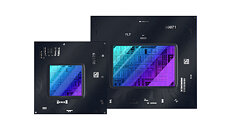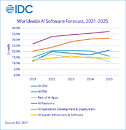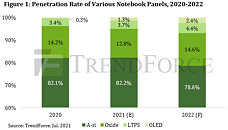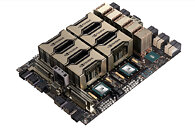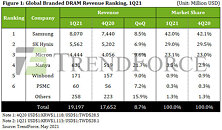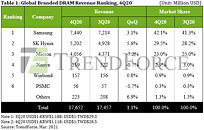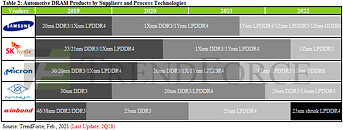
GIGABYTE Enterprise Products Support AMD Ryzen Threadripper PRO 5000WX Series Processors
GIGABYTE Technology, an industry leader in high-performance servers and workstations, today announced support for AMD Ryzen Threadripper PRO 5000WX Series processors on GIGABYTE motherboards, MC62-G40 and MC62-G41, and a workstation, W771-Z00; additionally, a BIOS update is available now to support the new CPU series. The Threadripper PRO line of CPUs is designed for the best in productivity at professional workstations. These GIGABYTE workstation products have enterprise-class reliability and have been in the market supporting the prior generation Threadripper PRO 3000WX series, and now these products will support the 5000WX series for fast rendering, encoding, compiling, modeling, simulating, and more.



